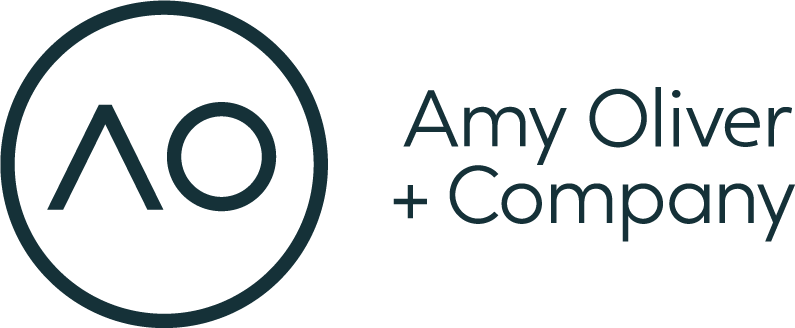Plugging the drain: The critical role of loss prevention in community pharmacies
The article highlights the critical importance of loss prevention in running a community pharmacy, emphasizing that effective strategies are essential for maintaining financial stability and protecting inventory from shrinkage, which can stem from various sources like internal theft, prescription abuse, and insurance fraud.
Running a community pharmacy involves a delicate balance of providing quality care to patients while maintaining a sustainable business. One of the most overlooked aspects of this balance is loss prevention. Without effective strategies to manage shrinkage, or inventory loss, the financial stability of your pharmacy is at risk.
After more than a decade supporting pharmacies across Canada, I have seen it all. Shrinkage happens in almost every single business. Effective loss prevention is more than just protecting your inventory; it’s about maintaining the trust and integrity of your pharmacy. Without these measures, the risk of shrinkage can lead to significant financial losses, damaged reputation, and potential legal issues. You can be proactive to make sure you aren’t blindsided when it happens to you.
Shrinkage can stem from various sources, including internal and external theft, prescription abuse, insurance fraud, inappropriate damages, and more. Implementing robust loss prevention measures is not just an option; it’s a necessity. As the saying goes, there’s no point in filling the bathtub without plugging the drain.
Shrinkage in a pharmacy can manifest in several ways, each posing unique challenges:
• Internal theft: This is perhaps the most insidious form of loss, where employees, who have easy access to inventory and cash, steal products or money. Whether it’s cash from the register or prescription drugs for personal use or resale, internal theft can severely impact your bottom line.
• Prescription abuse and diversion: Controlled substances are a significant target for fraud. This not only leads to financial loss but also poses serious legal and ethical concerns.
• Insurance fraud: Fraudulent insurance claims, such as billing for medications never dispensed or inflating quantities, can result in substantial financial damage. This type of fraud can be difficult to detect without meticulous record-keeping and monitoring.
• Inappropriate inventory adjustments: Inventory might be deliberately damaged out or adjusted to cover up theft or for personal use. Ensuring that all damages and cycle counts are appropriately documented and accounted for is crucial to prevent this type of shrinkage.
• Sweethearting: When employees give away products to friends or family at little to no cost, it can lead to significant losses over time. While this may seem minor, the cumulative effect can be very damaging.
Implementing effective loss prevention strategies in pharmacies
To safeguard your pharmacy from these risks, implementing comprehensive loss prevention strategies is essential. A proper loss prevention program in your business should include robust inventory management systems, employee training and policies, surveillance and monitoring, controlled access, verification systems, regular audits, whistleblower policies and insurance and legal measures.
If you don’t have these strategies in place to protect your business, it’s time to act.
Our company has produced a comprehensive guide to help community pharmacies with loss prevention. If you are interested, please email amy @amyoliver.ca.
Adapted for general health practices from publications written for Pharmacy Practice + Business magazine:
